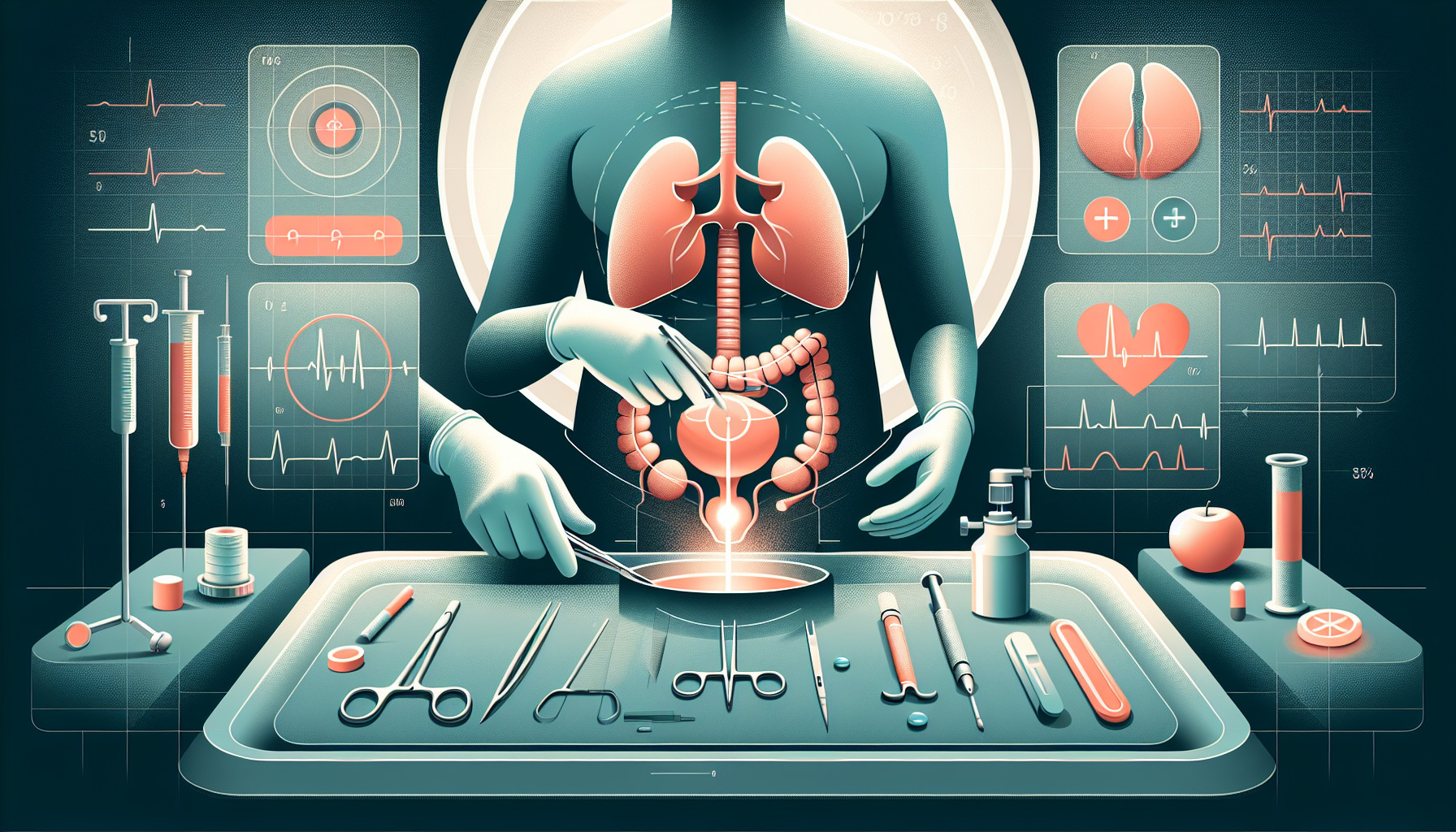Our Summary
This research paper focuses on prostate cancer, which comes in different levels of risk based on how likely the disease is to spread and become deadly. High-risk prostate cancer used to be defined by a higher chance of spreading and being lethal, requiring complex treatment methods. Recently, surgery has been recognized as a crucial treatment for these high-risk cases, sometimes being the only treatment needed. In the past, most high-risk patients had open surgery to remove the prostate, but using a robot to assist with the surgery has emerged as a good option, as it has been successful for less risky cases. However, there is a lack of substantial studies evaluating the role of robot-assisted surgery for high-risk prostate cancer. This paper reviews existing knowledge and literature on how patients recover after surgery, how well they function after surgery, and how successful the surgery is at treating high-risk prostate cancer.
FAQs
- What is the role of surgery in the treatment of high-risk prostate cancer?
- How does robot-assisted radical prostatectomy compare to open radical prostatectomy in treating high-risk prostate cancer?
- What are the perioperative recovery and functional and oncologic outcomes of robot-assisted radical prostatectomy for high-risk prostate cancer patients?
Doctor’s Tip
One helpful tip a doctor might tell a patient about prostatectomy is to follow post-operative care instructions carefully, including managing pain, maintaining a healthy diet, staying hydrated, and avoiding strenuous activities to promote proper healing and recovery. It is also important to attend follow-up appointments and screenings to monitor for any potential complications or recurrence of cancer.
Suitable For
Patients with high-risk prostate cancer, including those with locally advanced disease, are typically recommended prostatectomy as a treatment option. This includes patients with an increased risk of metastasis and lethality, requiring complex treatments. Surgery, particularly robot-assisted radical prostatectomy (RARP), has been shown to have a pivotal role in the treatment of high-risk prostate cancer, even as a monotherapy. While open radical prostatectomy was previously the standard treatment for high-risk prostate cancer, RARP has emerged as a viable option due to its optimal outcomes for low- and intermediate-risk disease. However, further research is needed to fully assess the role of RARP in treating high-risk prostate cancer.
Timeline
Before prostatectomy:
- Patient is diagnosed with high-risk prostate cancer based on biopsy results and imaging studies
- Patient undergoes preoperative evaluations, including blood tests, imaging studies, and possibly a bone scan or CT scan
- Patient may undergo neoadjuvant hormone therapy or radiation therapy to shrink the tumor before surgery
- Patient meets with a urologist to discuss the risks and benefits of surgery, including the potential impact on urinary and sexual function
- Patient schedules a date for robot-assisted radical prostatectomy (RARP)
After prostatectomy:
- Patient undergoes RARP procedure, which is performed using a robot-assisted system with small incisions for quicker recovery
- Patient stays in the hospital for a few days for monitoring and pain management
- Patient may experience urinary incontinence and erectile dysfunction following surgery, which can improve over time with pelvic floor exercises and medications
- Patient follows up with the urologist for postoperative care and monitoring of PSA levels to check for cancer recurrence
- Patient may undergo adjuvant therapy, such as radiation or hormone therapy, if the cancer is found to be more aggressive than initially thought
- Patient continues to have regular follow-up appointments with the urologist to monitor for any signs of cancer recurrence and to address any ongoing side effects from surgery.
What to Ask Your Doctor
- What are the potential risks and complications associated with a prostatectomy for high-risk prostate cancer?
- How will the surgery impact my quality of life, including urinary and sexual function?
- What is the expected recovery time after a prostatectomy for high-risk prostate cancer?
- What is the likelihood of the cancer returning after surgery, and what follow-up treatments may be necessary?
- How experienced are you in performing robot-assisted radical prostatectomy for high-risk prostate cancer?
- What are the success rates and outcomes you have seen in patients with high-risk prostate cancer who have undergone a prostatectomy?
- Are there any alternative treatment options for high-risk prostate cancer that I should consider before deciding on surgery?
- How will my overall health and any other medical conditions I have impact the success of the surgery and my recovery?
- What support services or resources are available to me before, during, and after the surgery for high-risk prostate cancer?
- Are there any specific lifestyle changes or precautions I should take before and after the surgery to improve my outcomes?
Reference
Authors: Srougi V, Tourinho-Barbosa RR, Nunes-Silva I, Baghdadi M, Garcia-Barreras S, Rembeyo G, Eiffel SS, Barret E, Rozet F, Galiano M, Sanchez-Salas R, Cathelineau X. Journal: J Endourol. 2017 Mar;31(3):229-237. doi: 10.1089/end.2016.0659. Epub 2017 Jan 19. PMID: 28006957
